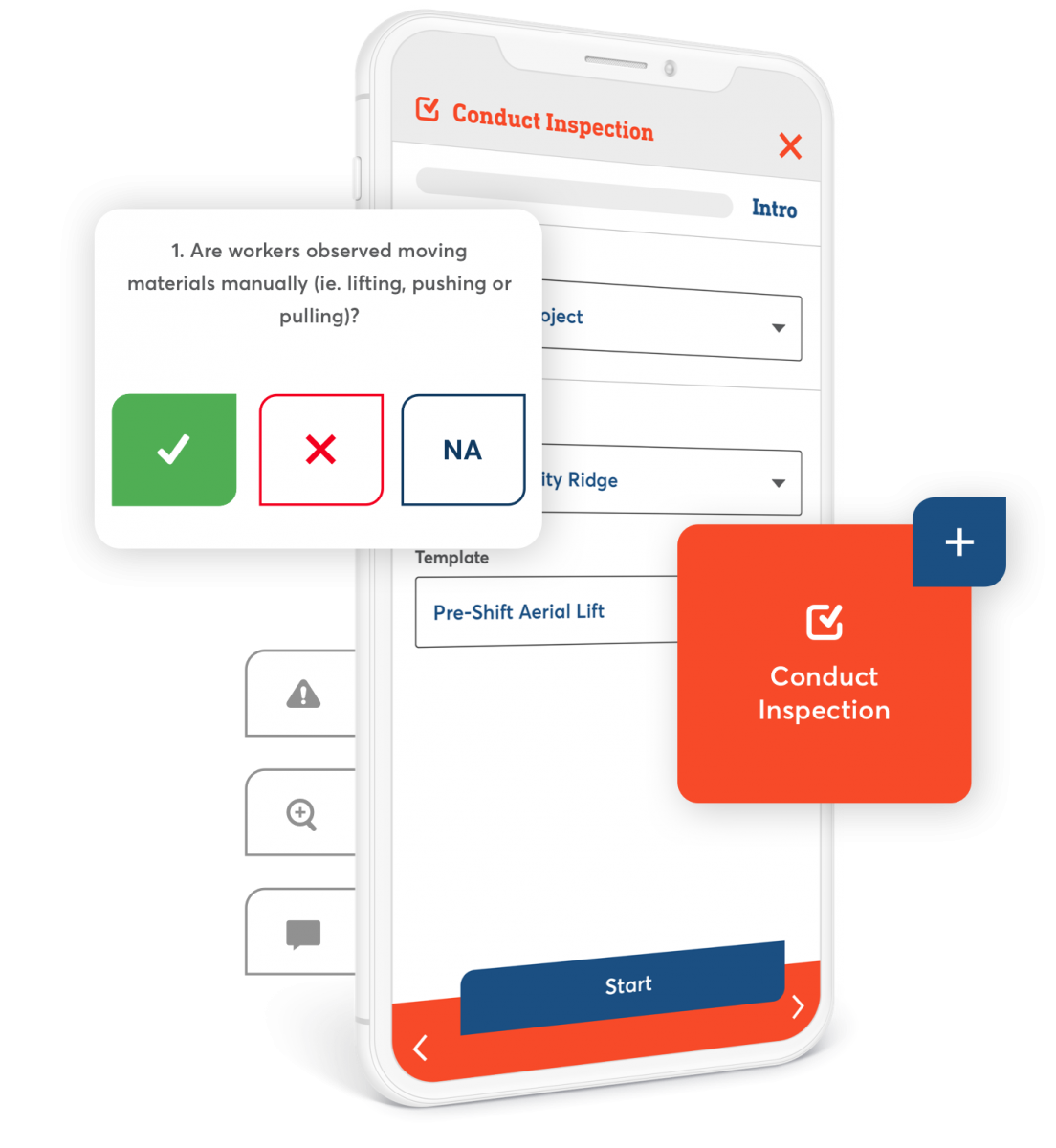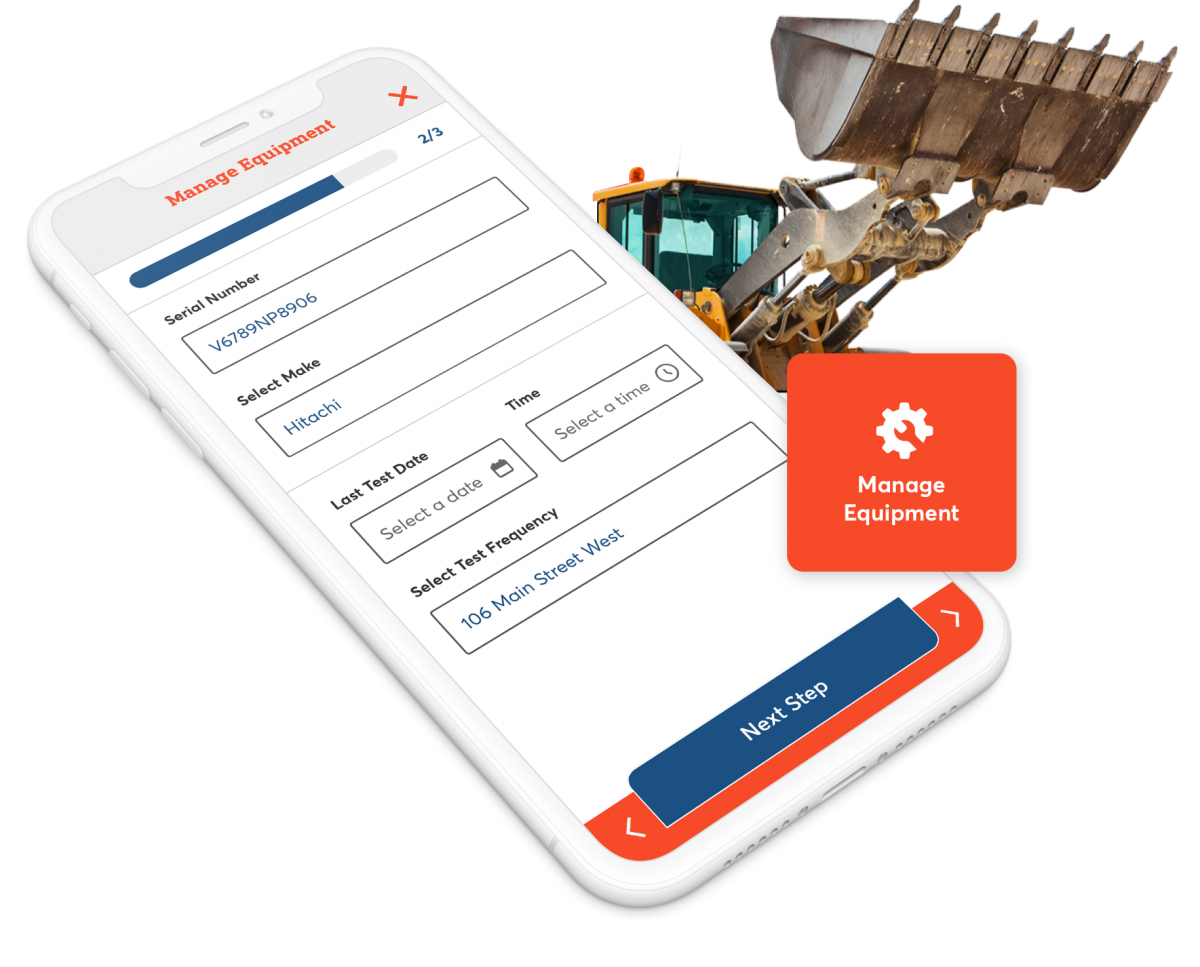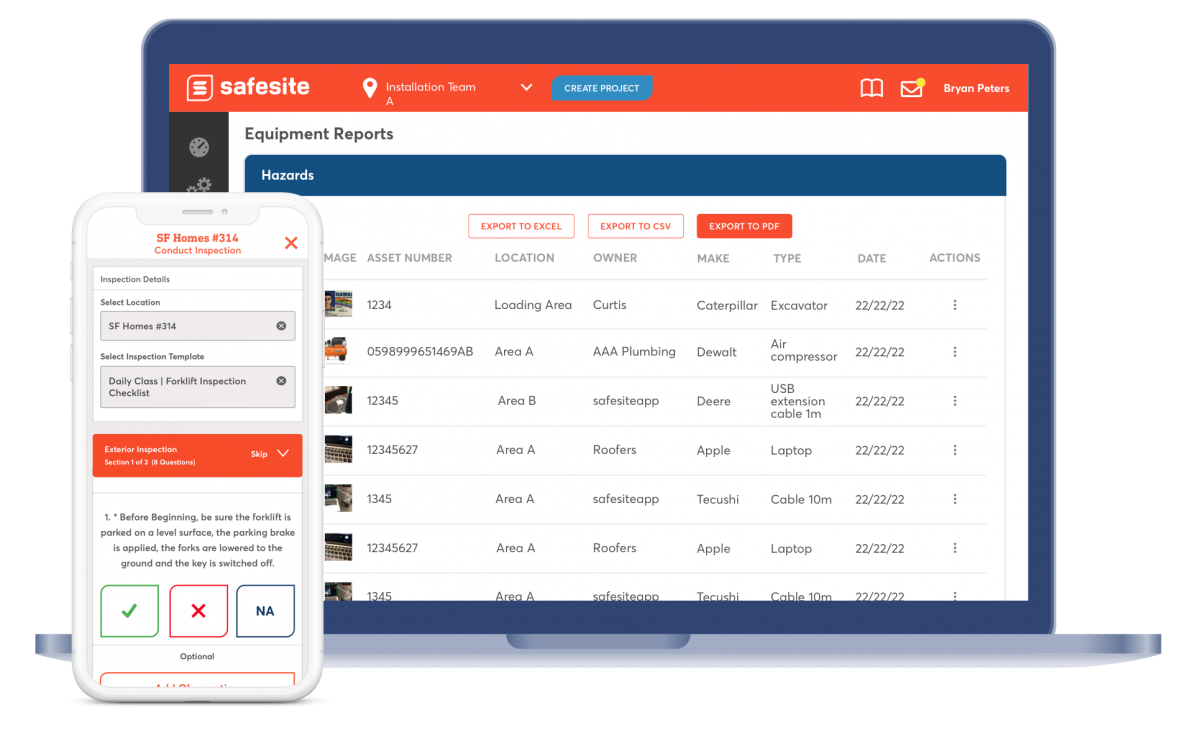It’s 8/11 or 8-1-1 Day! 8/11 is a great day to re-cover some basic excavation safety tips, and there are three things everyone should know:
- There are 20 million miles of underground utilities in the U.S.
- Every year there are thousands of internet, power, gas, and water outages around the U.S. due to utility damages.
- All you need to do to prevent damage is call 8-1-1.
Dialing 811 connects you with your local “Call Before You Dig” center. Keep in mind that each state has different requirements so it is important to check with each 811 center prior to starting work there.
What should you do once you decide to contact 811? Here’s a workflow anyone can use.
5 Steps to Follow After Calling 811
Calling 811 is the first step to safer excavations. All-in-all, calling 811 is a five-step process:
- Contact your local 811 Network at least 3 business days prior to start of excavating.
- Locate accurately. Use onsite White Lining to assist locate technicians in identifying your excavation area.
- Wait the required time. Give utilities the time they need to mark their underground lines.
- Respect the marks. Don’t dig too close to marks that indicate the presence of utilities. Did you know the color of the marks indicates what utility has been located? Learn more from Georgia 811.
- Dig with care. Use hand tools and smaller equipment around known utilities to ensure accuracy.
How to Excavate Safely Once You Have the Green Light
Excavation safety starts with a call to 811 and an excavation plan with contributions from locate technicians. The hazards don’t end there. Excavation safety requires daily and even hourly management, particularly if your excavation is greater than 5 feet deep.
Looking for a more in-depth guide? Get more from your excavation with Dig Deep: The Ultimate Excavation Safety Guide.
Conduct Daily Inspections
Dig a trench? You need to inspect it once a day or before anyone access it. In California, you need to inspect your trench before each shift.
Other vital instances for a trench inspection include when:
- An event impacts the trench protective system
- After any rain event
- Post-earth movement or rock falls
Conducting trench inspections is easy with Safesite. All you need to do is assign the inspection to the “competent person” and wait for them to fill in the digital inspection form via the Safesite field app. You’ll then see the inspection from your safety management dashboard, giving you a real-time look at the state of every trench at the start of the day.
Shield It, Slope It, or Shore It
Is your trench greater than 5 feet deep? Then OSHA says you need a protective system.
Shield It, Slope It, Short It is a handy way to remember your options.
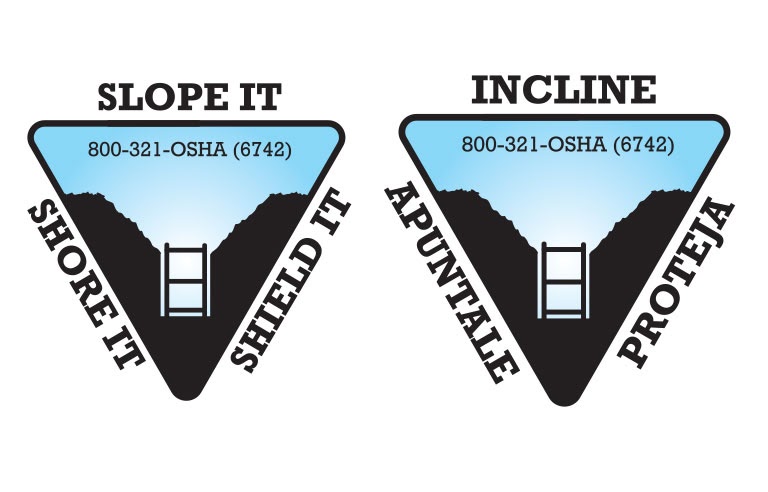
Remember that while 5 feet is the rule for compliance, every trench can benefit from protective systems, no matter how shallow.
Set-Up Fencing and Warning Signs
There are more excavation hazards beyond utilities. Use fencing and warning signs to protect workers and members of the public from encountering potential hazards.
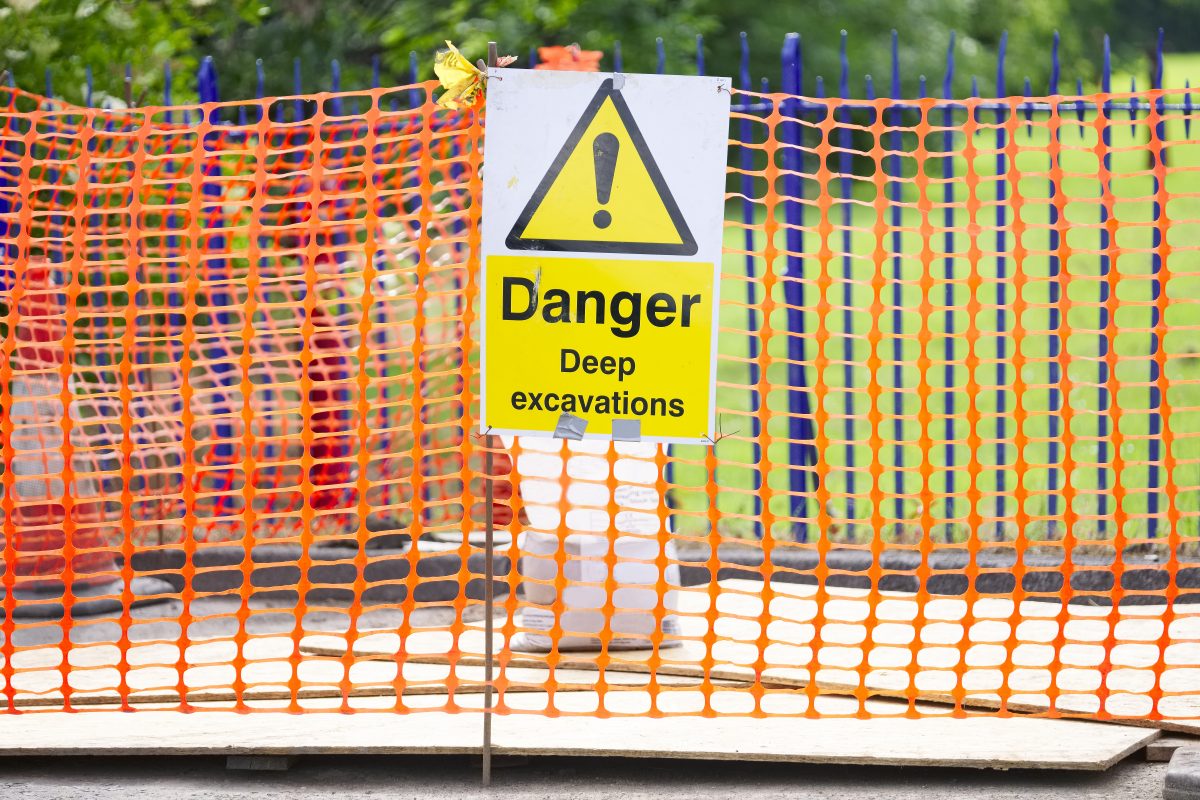
Evacuate if Hazards Develop or Change
Every trench safety plan also includes a trench evacuation plan, including a threshold that lets teams know exactly when to get out.
Remember: most trench collapses become a recovery, not a rescue. When in doubt, get everyone out!
Not Sure What’s Next? Talk to Your Local 811 Center
Local 811 Centers, such as the Georgia 811, are doing their part to help make excavation work safer. Recently we spoke with Meghan Wade, President & CEO of Georgia 811, about the need to locate utilities.
“There just isn’t a good reason to make a risky assumption about the location of underground lines. Calling 811, or logging on to your local 811 center, for your locate request is free. In Georgia, having the lines located is also free, not to mention it is the law. For safety’s sake, we want excavators to contact 811 for every digging project, every time — large or small.”
Meghan Wade, President & CEO of Georgia 811
You can find resources for excavation safety on the national Call 811 website at www.call811.com or on local sites such as the GA811 website at www.Georgia811.com to name just a couple.
Stay Safe on 8/11 and Every Day
Excavation safety requires constant management, but it’s worthwhile. And it all starts with calling 8-1-1 before you dig.
Want a hand in streamlining your excavation safety program and simplifying compliance with OSHA excavation standards? Run your safety program with Safesite, the only free-forever safety app.
Give Safesite a try on your device (iOS or Android) or schedule a demo to learn how Safesite can help you reduce incidents by up to 57%.

